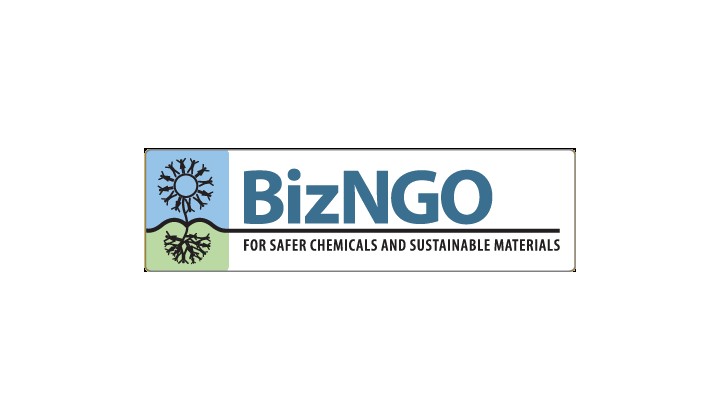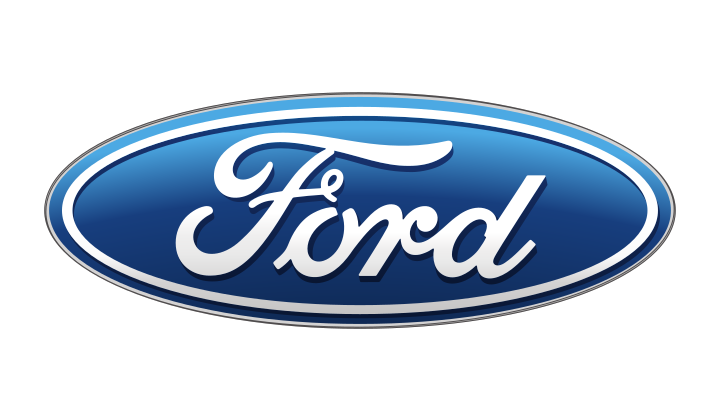Building on a legacy
These are a few of the organizations whose national and international work has inspired ours.

The Business NGO Working Group
What happens when entities like Kaiser Permanente, Levi Strauss, Hewlett Packard, and Johnson & Johnson work together with NGOs like Healthcare Without Harm, Breast Cancer Fund, and Natural Resources Defense Council to create a healthier materials economy for people and the planet? Tools like Clean Production Action’s (CPA) chemical footprint project are co-created and supported by investors and institutional purchasers with over $2.3 trillion in assets and $70 billion in purchasing power. CPA’s Green Screen, a leading procurement tool used by industry giants like Apple, Hewlett Packard, and Nike, is used across industry leaders and sectors to shift industry supply chains to safer, more sustainable materials.
Read MoreKaiser Permanente – the nation’s largest healthcare provider with 8.5 million member organizations, 145,000 employees, and $31 billion in annual revenue – is a founding member and critical contributor to the work and success of the BizNGO. Four decades ago, Kaiser Permanente invited Rachel Carson to present a keynote address on the human health risks associated with the continued use of toxic chemicals in products and production processes.
Working with Healthcare Without Harm and others, Kaiser developed progressive policies that aligned with their preventative health strategy for patients and member organizations. But with close to 80,000 chemicals in commerce, many of which are known or suspected carcinogens, reproductive toxins, or simply have not been tested for human health and environmental impact, the BizNGO creates a forum for entities like Kaiser to collaborate on solutions to be scaled across industry sectors and, most importantly, supported by government policy.
The data, analysis, and leadership from the BizNGO, which now has over 500 members from the business, investment, government, and NGO communities, is shaping industry and government standards globally. This enables replication and scalability around a common set of open-source criteria that define what it means to transition towards chemicals and materials that are safer and better for people and the environment. And maybe most importantly it allows engineers and product designers access to critical scientific and marketplace analysis and trends that reward best practices and innovation towards a materials economy that supports a healthier planet. These leaders work toward the agreed-upon objectives of all the groups that hold membership in the BizNGO:
- Model a new type and degree of collaboration between NGOs and businesses working together to accelerate the transition to a safer, healthy economy.
- Develop tools and continuous improvement criteria for moving to safer chemicals and sustainable materials.
- Transform markets to safer chemicals and sustainable markets by, for example, aligning purchasing criteria across sectors.
- Craft a “transition agenda” for moving away from petro-based materials to sustainable bio-based/bio-derived materials.
- Advance policy initiatives that accelerate the development and use of safer chemicals and sustainable materials.
- Engage in outreach and education across supply chains and within business sectors.
- Make the business case for market transformation.
- Share information that facilitates the movement away from toxic chemicals to safer substitutes.
- Identify and facilitate the formation of research projects that advance innovations in safer chemicals and sustainable materials.

Ford Motor Company
“By 2050, there will be 9 billion people on Earth, 75% of whom will live in urban areas. Putting 9 billion people into private automobiles is neither practical nor desirable.”
- 2009-2010 Ford Motor Company Sustainability Report
Ford’s blueprint for sustainability supports the implementation of strategies that create value consistent with the long-term preservation and enhancement of environmental, social, and economic capital. Their approach includes a forward-thinking science based climate strategy, a new approach to mobility that meets the needs of an increasingly congested, resource-constrained world, and far-reaching targets for environmental and social performance of their operations. This has enabled ingenuity, creativity, and leadership across the company. Ford’s reach is wide with over 200,000 employees, 67 plants worldwide, and $149 billion in revenue in 2015.
Read MoreFord is making investments and mobilizing resources for new technologies and services that are informed by science and emerging mega trends like climate change, population growth, environmental degradation, and poverty. What makes Ford unique in their approach is the collaborative working relationships they have created within and outside their company. This is extended across environmental, community and government leaders, material innovation entrepreneurs, and small and large technology companies redefining infrastructure – all entities critical to developing solutions to large-scale environmental and social challenges.
The company’s leadership initiatives create positive ripples of change that go well beyond the auto sector:
- A business plan that respects and values the interconnected impact and societal need to address major mega trends like climate change, population growth, poverty and environmental degradation.
- Smart mobility experiments designed to change and improve the way the world moves including using technology and mobility to deliver health care to remote areas of Africa in partnership with Riders for Health.
- A climate strategy that recognizes how the issue effects all parts of Ford’s business and is interconnected to other critical societal challenges like water availability, energy security, and human rights all while setting aggressive holistic CO2 reduction targets.
- Implementation of an integrated sustainable materials strategy to address scarcity of resources and environmental degradation through increased use of recyclable and renewable materials that redefine the types of plastics and light weight metals used in production of vehicles. Ford does this while working collaboratively on bio plastic initiatives with other industry leaders like Coca-Cola, Nike, environmental leaders like World Wildlife Fund and academic institutions including Ohio State University.
- A zero waste strategy that includes Ford's work with Novomer, a company based in Ithaca, NY, to develop a technology that would convert CO2 emissions from production into highly recyclable polymers that can be used in foams and plastics.
- A new approach to manufacturing through the transformation of the Rouge into a state-of-the-art manufacturing campus, which includes one of the world’s largest living roofs that filters 4,000,000 gallons of storm water per year, creates habitat for species, and is now a learning laboratory open to the public. Initial site designs were done in partnership with leading architect, William McDonough, whose intent was to show what was possible when you design towards regeneration of resources.